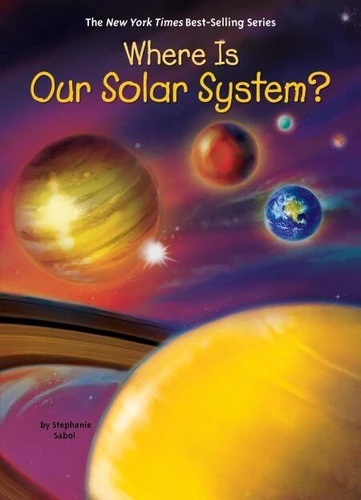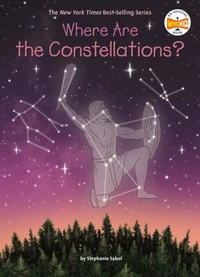Where Is Our Solar System?
Par : ,Formats :
Disponible dans votre compte client Decitre ou Furet du Nord dès validation de votre commande. Le format ePub protégé est :
- Compatible avec une lecture sur My Vivlio (smartphone, tablette, ordinateur)
- Compatible avec une lecture sur liseuses Vivlio
- Pour les liseuses autres que Vivlio, vous devez utiliser le logiciel Adobe Digital Edition. Non compatible avec la lecture sur les liseuses Kindle, Remarkable et Sony
- Non compatible avec un achat hors France métropolitaine
 , qui est-ce ?
, qui est-ce ?Notre partenaire de plateforme de lecture numérique où vous retrouverez l'ensemble de vos ebooks gratuitement
Pour en savoir plus sur nos ebooks, consultez notre aide en ligne ici
- Nombre de pages112
- FormatePub
- ISBN978-0-515-15819-9
- EAN9780515158199
- Date de parution02/01/2018
- Protection num.Adobe DRM
- Taille29 Mo
- Infos supplémentairesepub
- ÉditeurPenguin Workshop
Résumé
Readers will want to grab a telescope and explore the night skies after finishing this overview of our solar system. Our solar system consists of eight planets, as well as numerous moons, comets, asteroids, and meteoroids. For thousands of years, humans believed that Earth was at the center of the Universe, but all of that changed in the 17th century. Astronomers like Nicolaus Copernicus, Galileo Galilei, Johannes Kepler, and Isaac Newton proposed the unthinkable theory that Earth and the other planets actually revolved around the Sun.
This engaging book chronicles the beginning of the modern age of astronomy, then follows later discoveries, including NASA's current missions in space.
This engaging book chronicles the beginning of the modern age of astronomy, then follows later discoveries, including NASA's current missions in space.
Readers will want to grab a telescope and explore the night skies after finishing this overview of our solar system. Our solar system consists of eight planets, as well as numerous moons, comets, asteroids, and meteoroids. For thousands of years, humans believed that Earth was at the center of the Universe, but all of that changed in the 17th century. Astronomers like Nicolaus Copernicus, Galileo Galilei, Johannes Kepler, and Isaac Newton proposed the unthinkable theory that Earth and the other planets actually revolved around the Sun.
This engaging book chronicles the beginning of the modern age of astronomy, then follows later discoveries, including NASA's current missions in space.
This engaging book chronicles the beginning of the modern age of astronomy, then follows later discoveries, including NASA's current missions in space.







